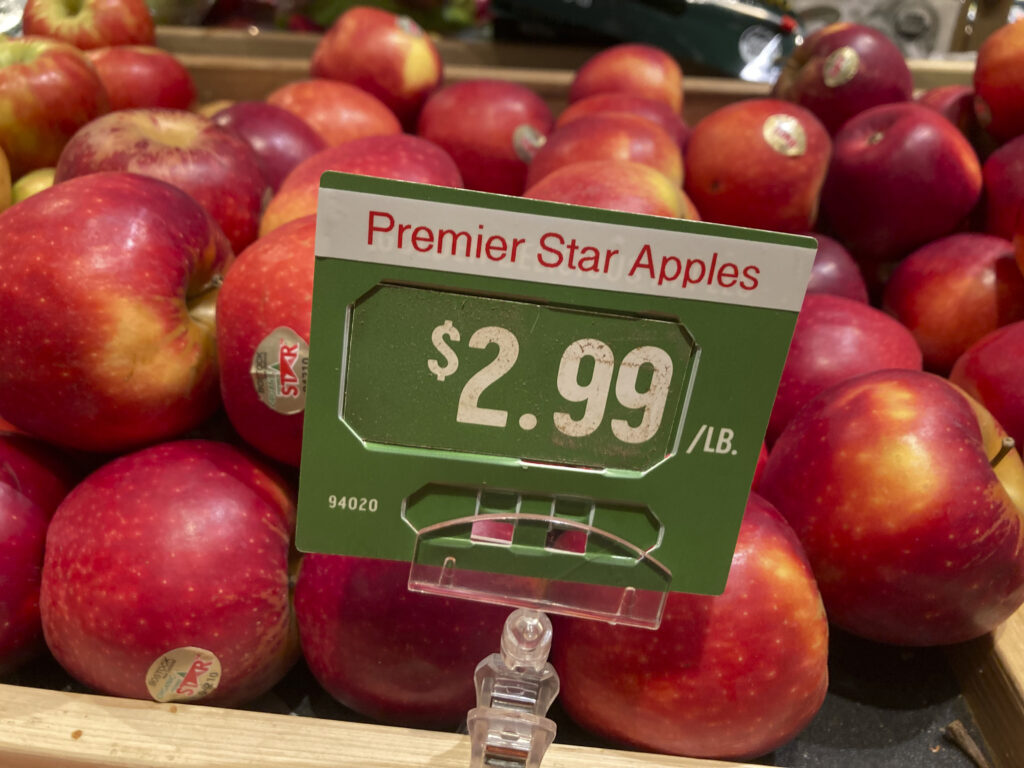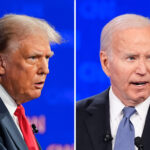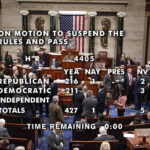Trump Tariffs Send U.S. Producer Prices Soaring in July/ Newslooks/ WASHINGTON/ J. Mansour/ Morning Edition/ U.S. producer prices rose 0.9% in July 2025, the highest monthly increase in over three years, due to rising import costs from Trump-era tariffs. Analysts warn these wholesale price hikes could soon reach consumers. The Federal Reserve may now hesitate to cut rates amid inflation concerns.

Tariff-Driven Inflation Quick Looks
- U.S. Producer Price Index rose 0.9% in July
- Year-over-year wholesale inflation reached 3.3%
- Tariff-driven costs especially impacted food and electronics
- Core producer inflation (excluding food and energy) also up 0.9%
- Sharp 38.9% increase in wholesale vegetable prices
- Retailers and wholesalers posted unexpected profit margin growth
- Importers absorbing tariffs may soon raise consumer prices
- Consumer inflation rose 2.7% annually in July
- Fed’s anticipated rate cut now under pressure
- Trump fired BLS director over jobs report controversy
- PCE inflation data expected August 29
Deep Look: Trump Tariffs Drive Producer Prices to Highest Level in Years
WASHINGTON — Wholesale inflation in the United States surged sharply in July 2025, fueled by rising import costs tied to President Donald Trump’s trade tariffs. According to a report from the Labor Department, the Producer Price Index (PPI), which measures prices before they reach consumers, increased 0.9% from June—the largest monthly gain since early 2022.
Year-over-year, producer prices are up 3.3%, a signal that inflationary pressures are intensifying and could soon affect American consumers more directly.
Import Costs Driving Price Increases
The data suggests that import tariffs, a hallmark of Trump’s trade policy, are beginning to flow through the supply chain. Food and electronics, two of the most import-dependent sectors, saw some of the sharpest increases. Wholesale food prices jumped 1.4% from June, including a dramatic 38.9% spike in vegetable prices. Home electronic equipment, also largely imported, saw a 5% month-over-month rise.
Core PPI, which excludes volatile food and energy prices, also rose 0.9% in July, the steepest one-month increase in more than three years. On an annual basis, core wholesale prices are up 3.7%, after rising 2.6% in June.
These increases come as many importers have been absorbing the additional costs of tariffs. However, that strategy may be nearing its end. Economists warn that the burden will likely shift to consumers soon.
Christopher Rupkey, chief economist at fwdbonds, stated, “It will only be a matter of time before producers pass their higher tariff-related costs onto the backs of inflation-weary consumers.”
Retail Margins Defy Expectations
Despite rising import costs, the report also showed an unexpected increase in profit margins for retailers and wholesalers. Stephen Brown, an economist at Capital Economics, found this “counterintuitive,” especially considering anecdotal evidence that businesses are absorbing tariff costs rather than passing them on.
The discrepancy may reflect underlying volatility in how businesses are pricing their goods, especially amid uncertainty about future tariff levels. Although Trump has negotiated trade deals with major partners like Japan and the European Union, details of those agreements remain unpublished, leaving businesses in a holding pattern when it comes to adjusting prices.
Additionally, many companies stockpiled goods ahead of the tariffs’ implementation. As those inventories dwindle, the true cost impact is becoming more apparent.
Complications for Federal Reserve Policy
The inflation spike presents a challenge for the Federal Reserve, which was widely expected to cut interest rates in September following a weak July jobs report. That report also revised May and June employment numbers downward.
However, with both wholesale and consumer inflation rising, the Fed now faces a tougher decision. Carl Weinberg, chief economist at High Frequency Economics, noted:
“This report is a strong validation of the Fed’s wait-and-see stance on policy changes. It will mean a markdown of market expectations for a September rate cut.”
Trump has repeatedly criticized the Fed for not cutting rates sooner. His influence over economic institutions has also grown more direct. Following July’s disappointing jobs numbers, he abruptly fired the director of the Bureau of Labor Statistics (BLS), accusing the agency of manipulating data for political purposes. He has since nominated a partisan figure to lead the BLS, raising alarms about political interference in critical economic reporting.
Consumer Inflation Also Rising
Earlier this week, the Labor Department reported that consumer prices increased by 2.7% in July from a year earlier, the same pace as in June but up from 2.3% in April. Core consumer prices rose 3.1%, an increase from 2.9% the month prior.
Lower gas prices and a slowdown in rent hikes helped balance some of the inflationary effects, but analysts believe that if wholesale costs continue to climb, the consumer price index will likely follow.
The next key data point will come on August 29, when the Commerce Department releases the Personal Consumption Expenditures (PCE) index. The PCE is the Fed’s preferred measure of inflation and includes additional components like healthcare and financial services that aren’t captured in the CPI.
Outlook
The July PPI report confirms that Trump-era tariffs are materially impacting inflation in the U.S. economy. With higher input costs affecting producers and signs that businesses may soon begin passing those costs onto consumers, the inflation outlook for the second half of 2025 is increasingly uncertain.
For the Federal Reserve, the data reinforces the need for caution. While job growth remains fragile, rising inflation could prevent the Fed from pursuing aggressive rate cuts. Ultimately, both consumers and policymakers will be watching closely as economic data continues to unfold.







